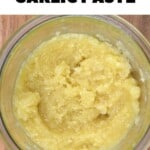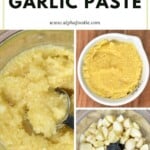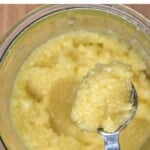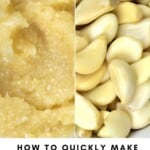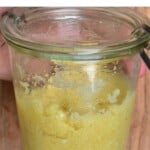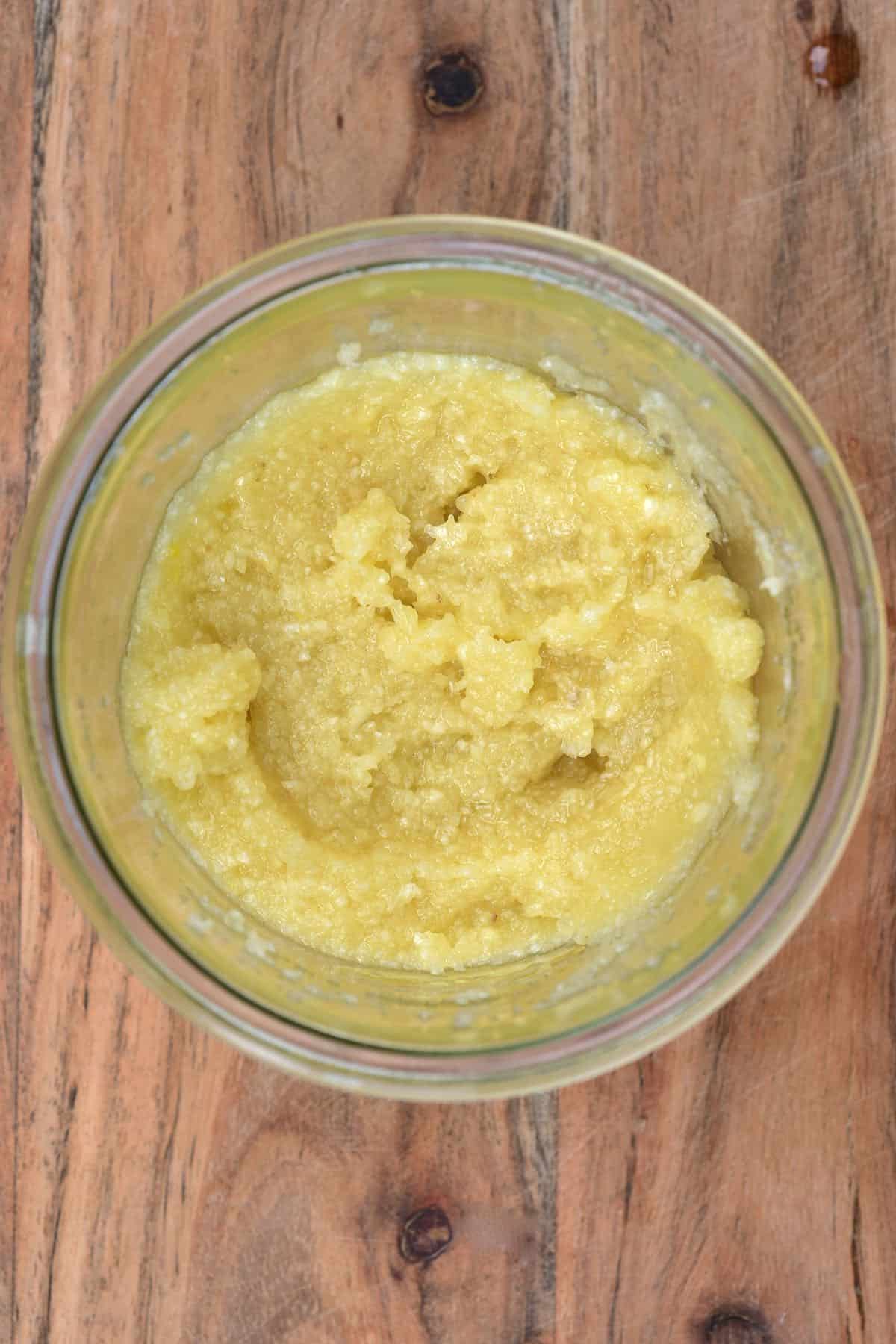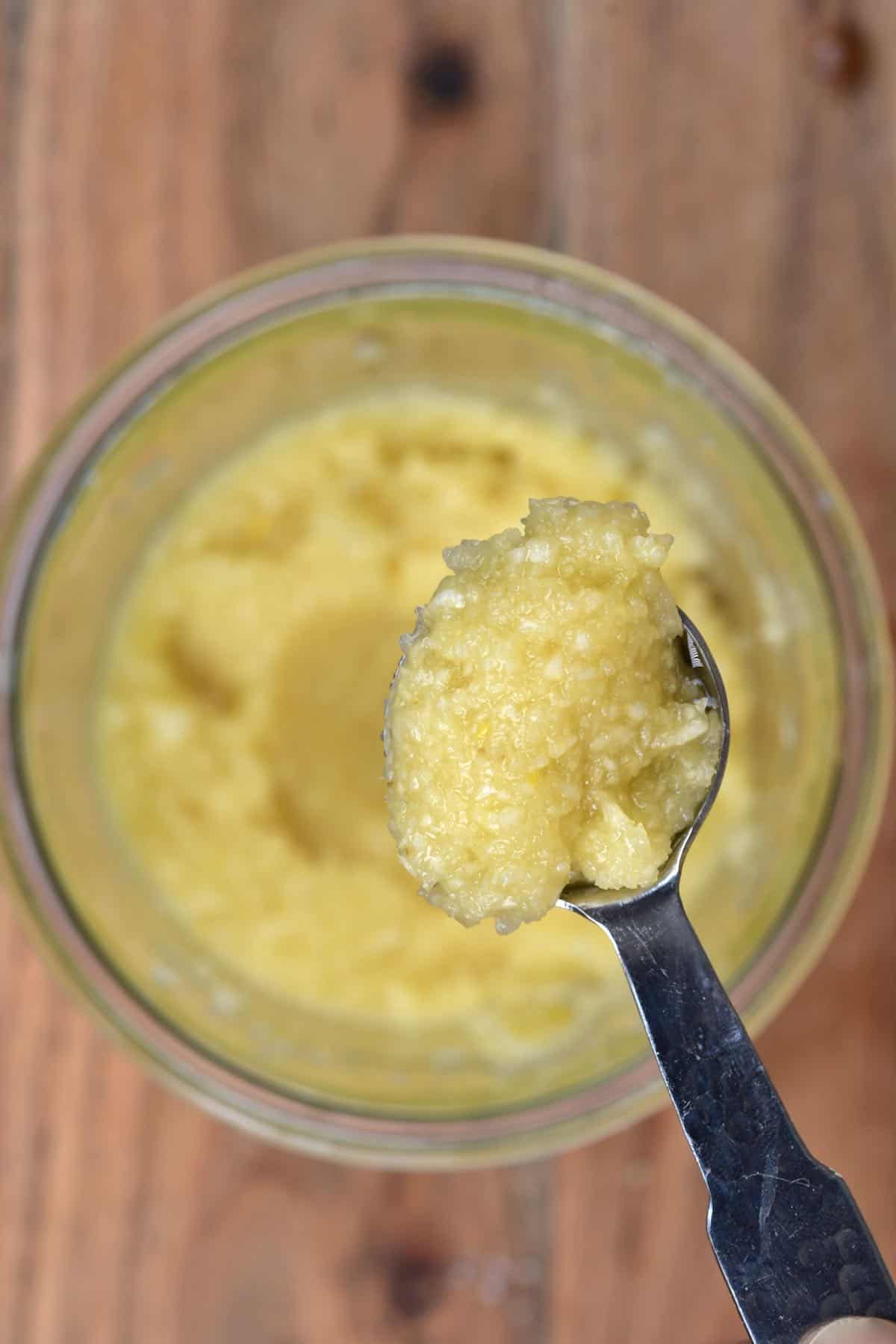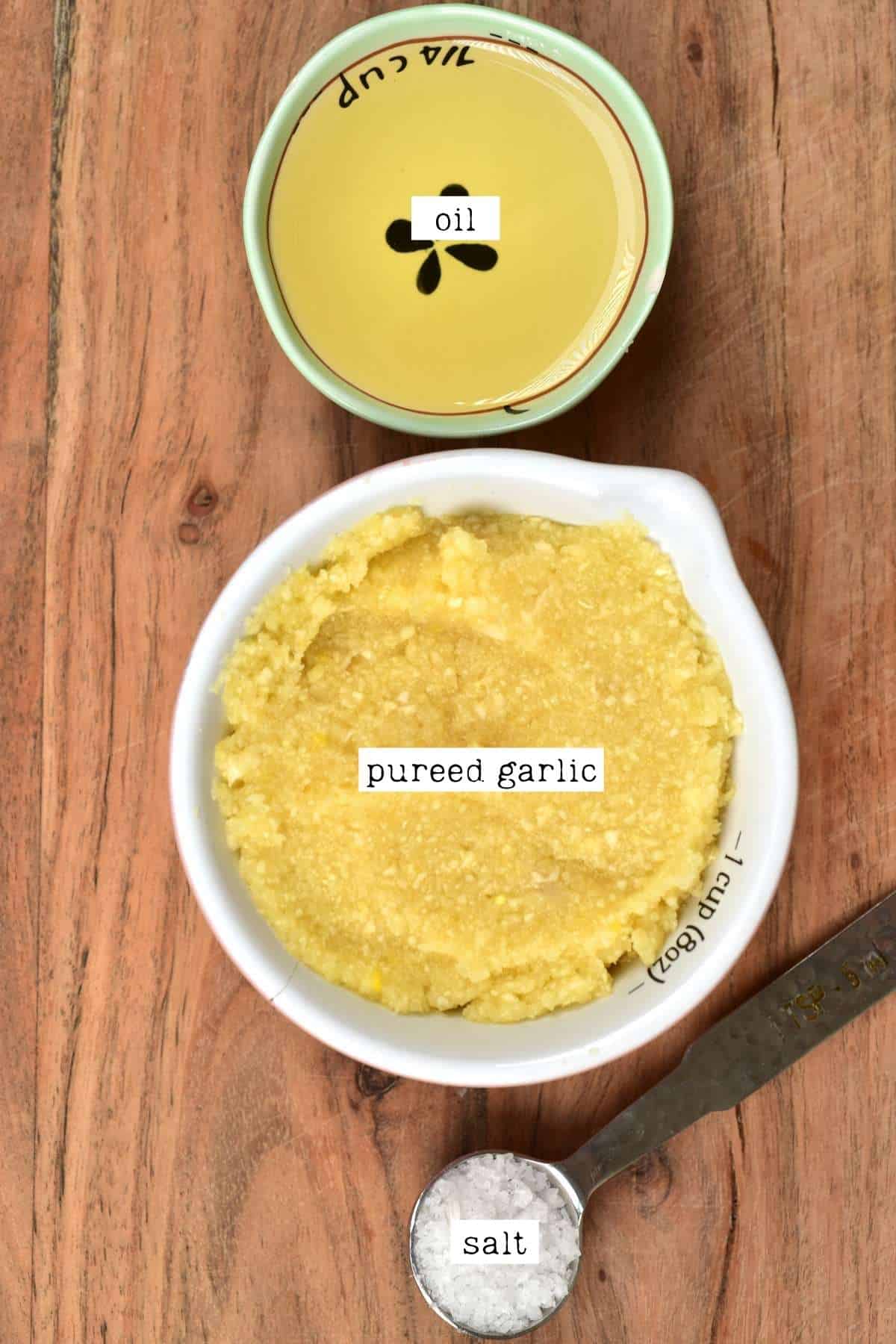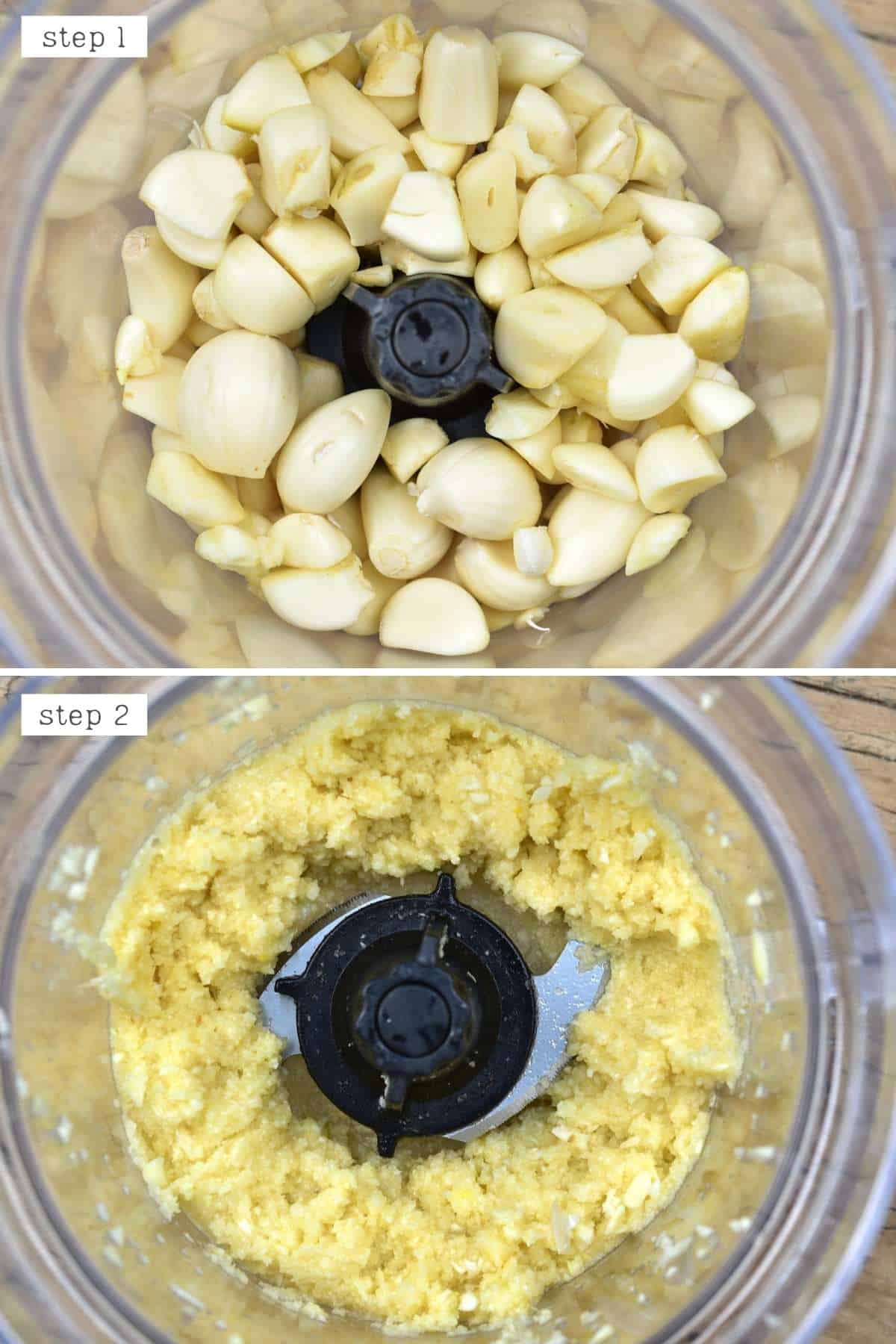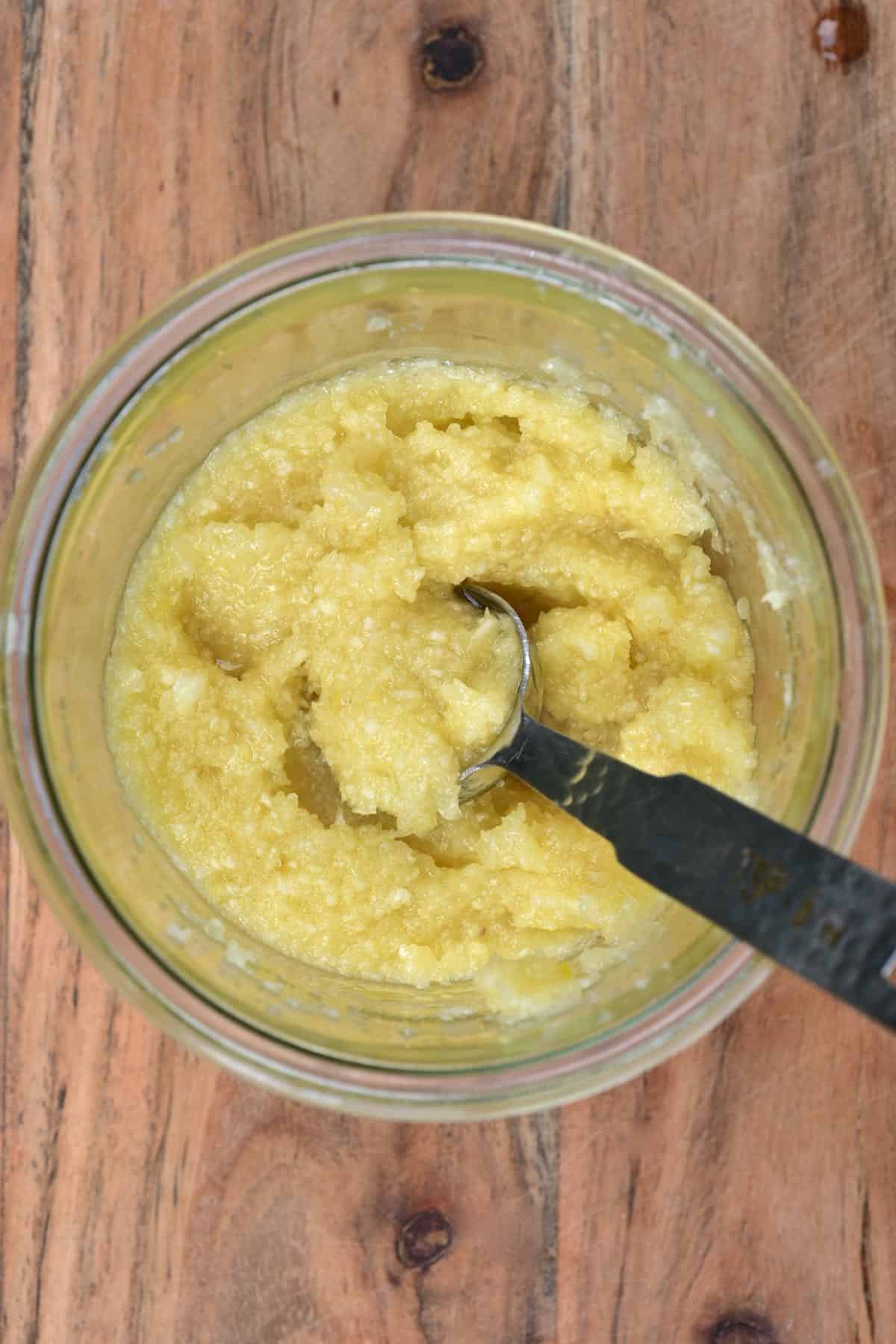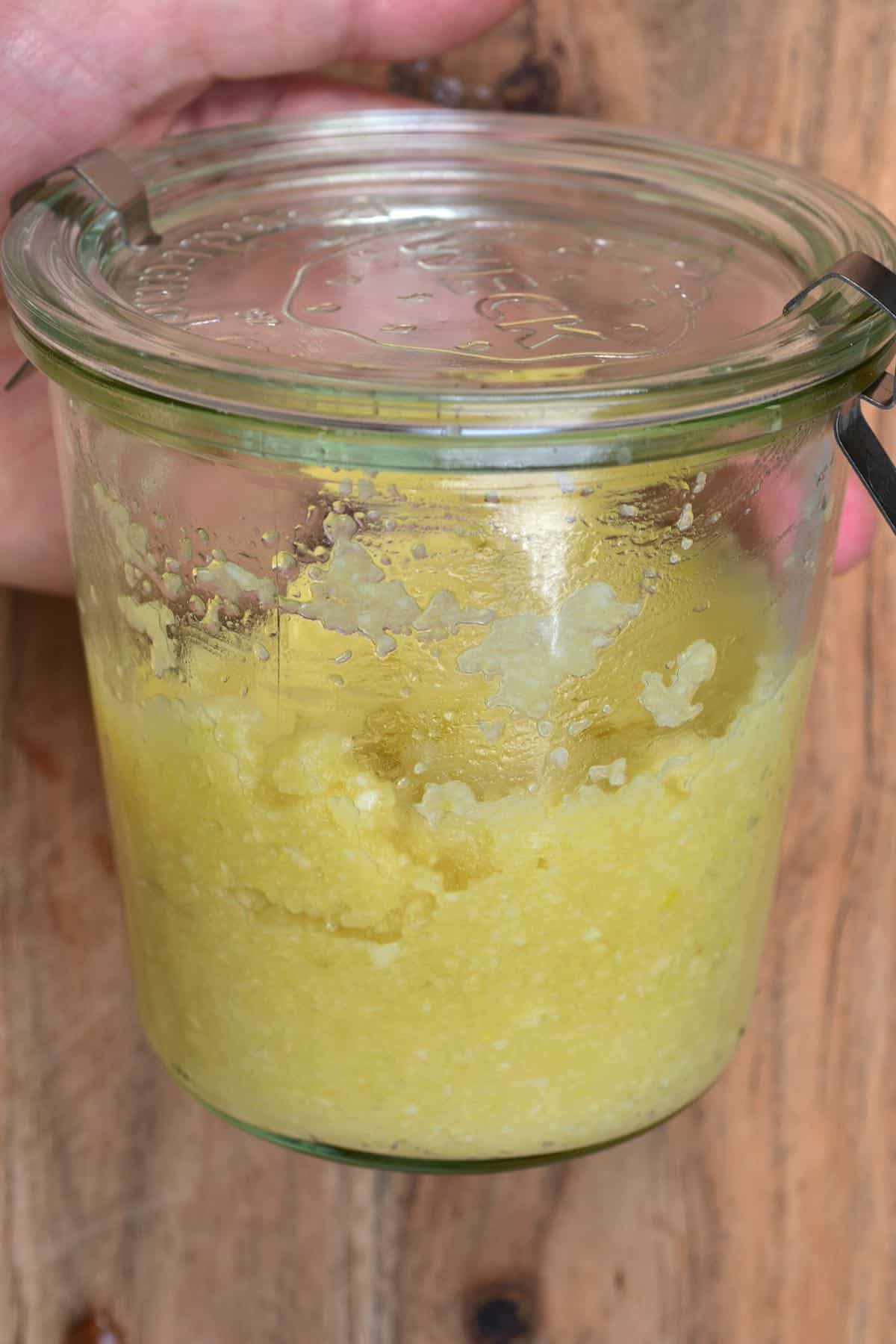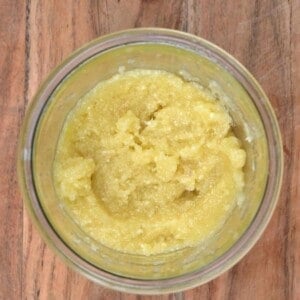After spending several days testing all the methods and hacks for how to peel garlic, not only does my entire apartment smell like garlic, but it doesn’t look like that’s set to abate with all the garlic recipes and DIYs I have coming up either. I’ve already posted my recipe for Lebanese garlic sauce (Toum), and I have a garlic aioli on the way. Now, however, it’s time to explore how to make garlic paste. The truth is, even after discovering the easiest way to peel garlic, it’s still a process that I, and many others, avoid. Some people do this by buying pre-peeled garlic and garlic puree from the grocery store. I, however, keep things homemade to know exactly how fresh the ingredients are and what’s going into it. I also find that I far prefer the flavor of homemade garlic paste too – and by ‘prefer’, I mean it’s MILES better. I’ve tried store-bought garlic pastes that taste like nothing and others that are acrid and just not pleasant. None of which taste like freshly minced garlic! And if you ever want to make a garlic ginger paste that you can use in a ton of recipes, I also have a method on how to make Ginger Paste. This garlic paste comprises just three ingredients: garlic, oil, and salt. The latter two help preserve it for longer. Once prepared, you can store it in the fridge or freezer and get to avoid prepping garlic for meals and meals to come.
The ingredients
Garlic: choose fresh garlic heads that are smooth and heavy. Avoid any with green shoots, soft spots, or mold. Oil: any neutral oil will work; vegetable oil, canola, avocado oil all work too. Salt: this acts as a preservative, but it also draws moisture out of the garlic, tenderizing it and providing better flavor (in my opinion).
How to make garlic paste
First, peel the garlic using one of these methods. Optionally, remove the tough stem bit. You could also remove the green ‘germ’ from within the center of each garlic clove for less bitter results. I usually don’t, though. Then add the garlic to a blender and process into a garlic puree. Add the oil and salt to the blender and blend for a few seconds to thoroughly incorporate all the ingredients. The garlic paste is ready. Feel free to blend even longer into a smoother paste, optionally, or even leave it slightly chunkier.
Other garlic recipes you may like
How to Freeze Garlic 6 Methods To Peel Garlic Tested How to Make Garlic Flakes (+ Dried Minced Garlic) How to Make Garlic Powder Homemade Garlic Confit (& Garlic Oil) How To Make Lebanese Garlic Sauce (Toum)
If you try this garlic paste recipe, then let me know your thoughts and questions in the comments. I’d also really appreciate a recipe rating and would love to see your recreations – just tag @AlphaFoodie. Freezer: my favorite way to store this garlic paste is in the freezer. This is also the best method for anyone afraid of the risk of botulism. Spoon it into a small ice-cube tray in portion sizes (based on how much you generally use. You can add 1 tsp per cube (1 clove) or more. That way, you can grab as many cubes are needed for any given recipe and add them straight to the pan. It can be stored for between 3-4 months. You can also add the garlic paste to a freezer-safe bag and press to flatten, then break off bits (by eye as it won’t be measured) as and when needed.
